News: Owners Developers & Managers
Posted: April 2, 2008
Understanding sustainable design for project managers
As a project manager involved with a variety of projects ranging from commercial interior build-outs, renovation of existing buildings, and new construction, an understanding of sustainable design and construction is essential.
Environmentally sensitive design has been an ongoing focus in my career beginning with architecture school. Green design was emphasized, particularly in various building technology classes. However, many of the examples of "green" projects were specialty projects lacking a clear explanation of how to apply these principles to everyday design. Gradually, the design communities' focus on this issue coalesced around the LEED rating system and this became the framework - or benchmark - for sustainable design. Awareness of global environmental pressures helped to popularize LEED and in recent years, the adoption of the system by many high profile corporations and developers secured this as the standard for sustainable design.
Recently, legislative efforts to incorporate the LEED system's energy efficient aspects into municipal building code have been underway. In New York City, leadership from the Mayor's office on this issue requires all government buildings to be built to LEED standards based on Local Law 86, which took effect in January 2007. Boston has adopted LEED requirements as part of their building code requirements, while San Francisco is considering LEED Gold standard requirements for large commercial projects. The potential extensive adoption of aspects of LEED into building code may be the most universal method to limit the environmental impact of real estate in the U.S.
VVA's primary role is to advise our clients on the interconnected issues of design, cost, and schedule and to ensure projects are a success. Many of our clients are interested in building to LEED standards, or in general designing and building in a sustainable manner. Comprehensive knowledge of the LEED system is vital to advise our client's interested in this area.
* Design
Establish the targeted LEED standard at the onset of a project. Clients will often want an idea of how designing to LEED standards will affect the look and bottom line of their project. An initial review of the various LEED point categories will often chart the design approach for various aspects of a project.
* Cost
Analyzing costs and return on investment (ROI) is one of a project manager's most important tasks. In all projects we provide clients with the critical information needed to determine how to invest appropriate funds in their physical infrastructure. A LEED project involves the same process as other projects but with the additional consideration of how to accrue LEED points with the most efficient use of construction dollars.
* Schedule
The design team evaluation of LEED requirements and incorporation into the building design, as well as documentation of the process, may affect the project schedule. The project manager must understand and manage this process in order to minimize the time impact on a project.
Green building programs are flourishing all over the county. The LEED rating system has provided the metric for sustainable building practices to date. The extent to which this system becomes embedded in municipal building codes is, as yet, unclear. However, as this continues to develop over the coming years a comprehensive understanding of the LEED rating system will be essential for any real estate, design, or construction professional as the world reacts to the environmental impact of building and maintaining the built environment.
Brian Ferrier, AIA, LEED AP, is project manager for VVA, Project Managers & Consultants, New York, N.Y.
MORE FROM Owners Developers & Managers
Mount Vernon Co. acquires John Carver Inn & Spa in Plymouth, MA
Plymouth, MA The Mount Vernon Company (MVC), a Boston-based real estate and hospitality investment firm, has completed the acquisition of the John Carver Inn & Spa, an 80-room property.
Columns and Thought Leadership

Selecting the right façade installation firm - by Steven Powell
As the owner of a major new property being developed, or an existing large building preparing for major renovation, you want your design and construction team to have the right experience, capabilities, and expertise to match the project demands. A critical member of this team will be the façade installation specialty firm, since the quality of this installation will impact

Recently passed legislation creates opportunities to meet CT’s changing energy needs - by Klein and Feinn
For decades, New England has had a summer-peaking power system, where the greatest energy use occurs on the hottest and most humid days, due to widespread use of air conditioning. But by the mid-2030s, electrification of the heating sector likely will result in a winter peak that’s higher than the summer peak.

IREM President’s Message: Fostering community connections during the holiday season
The holidays are again taking center stage, and with them comes an opportunity for multifamily communities to connect with the businesses and organizations in their cities and towns, fostering a sense of unity and generosity during this giving season

.png)
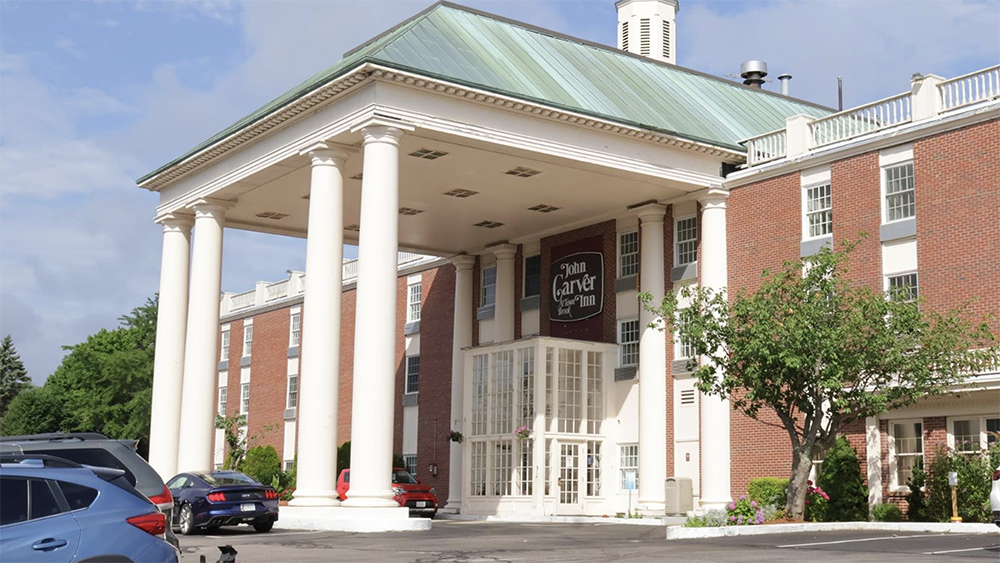
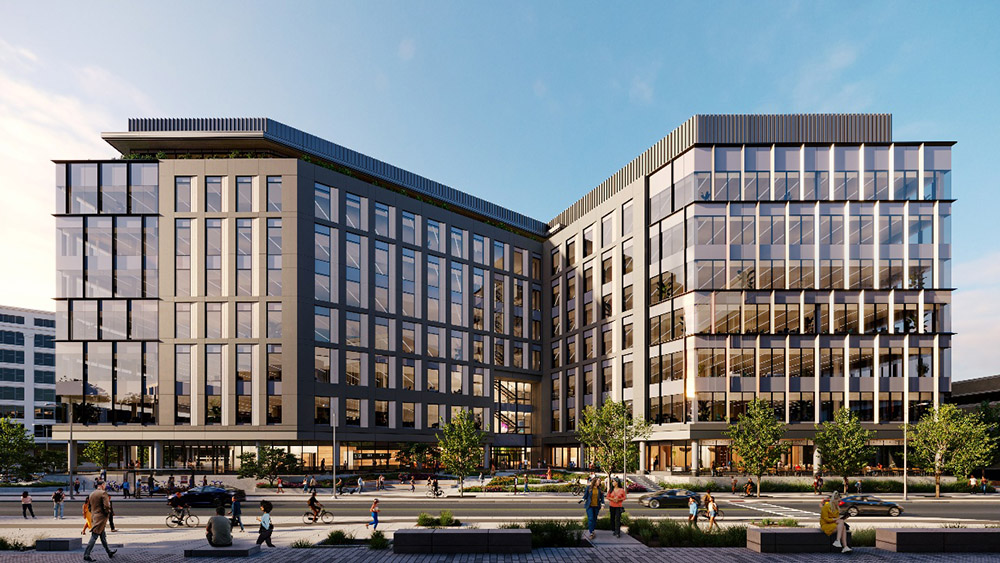
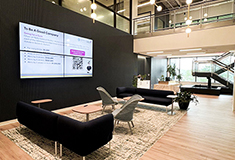
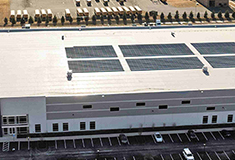
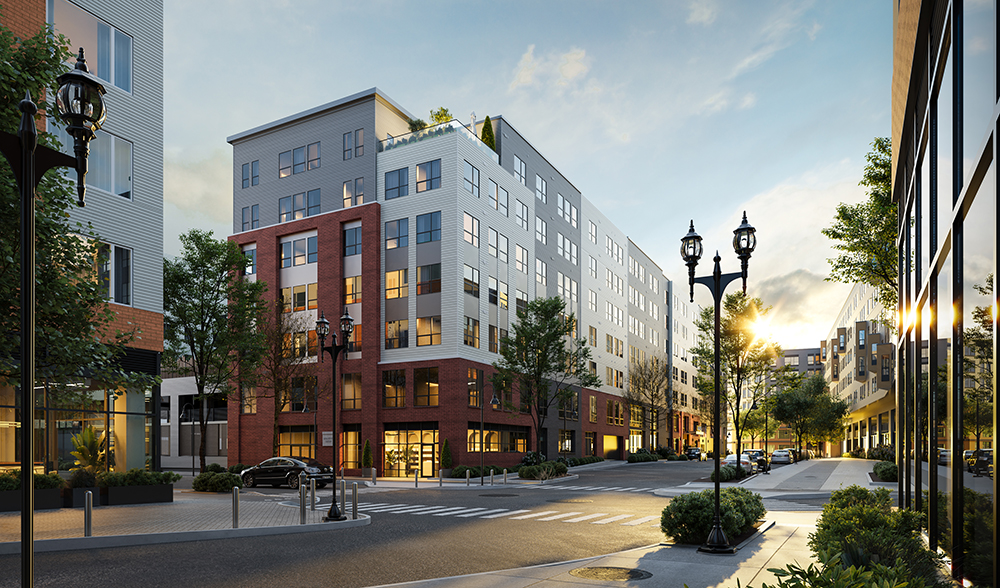
.png)

